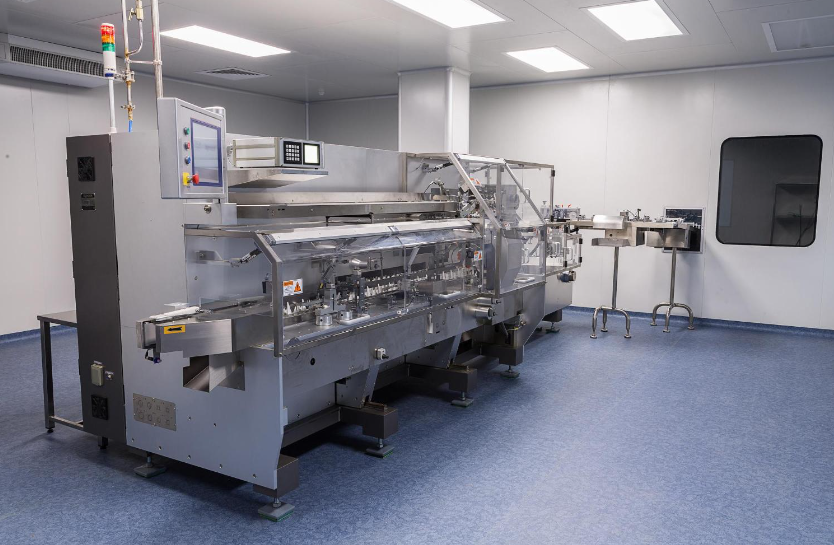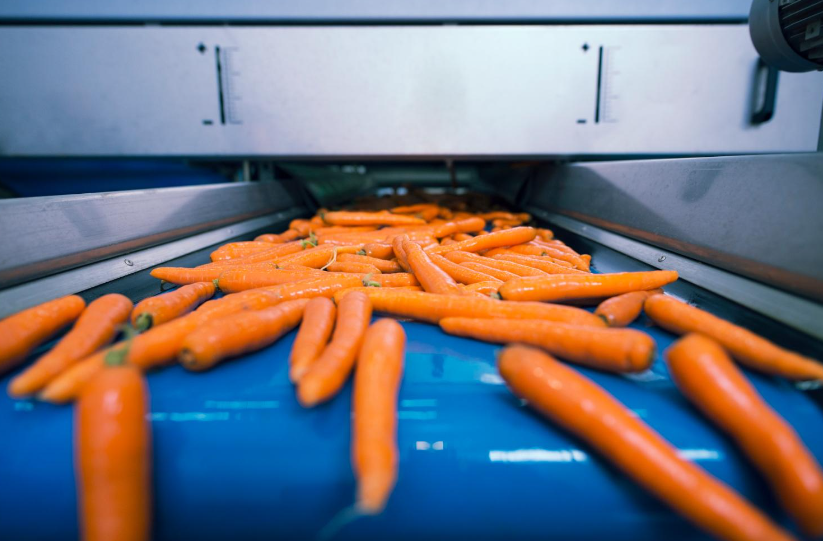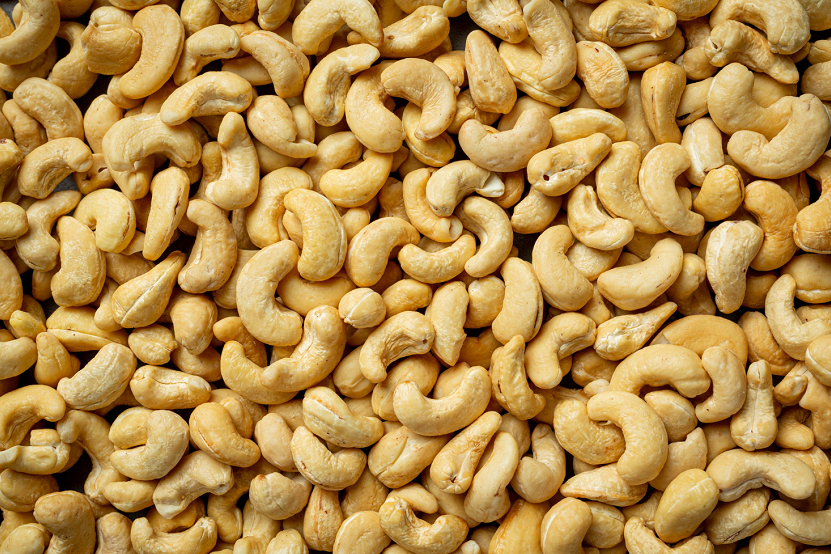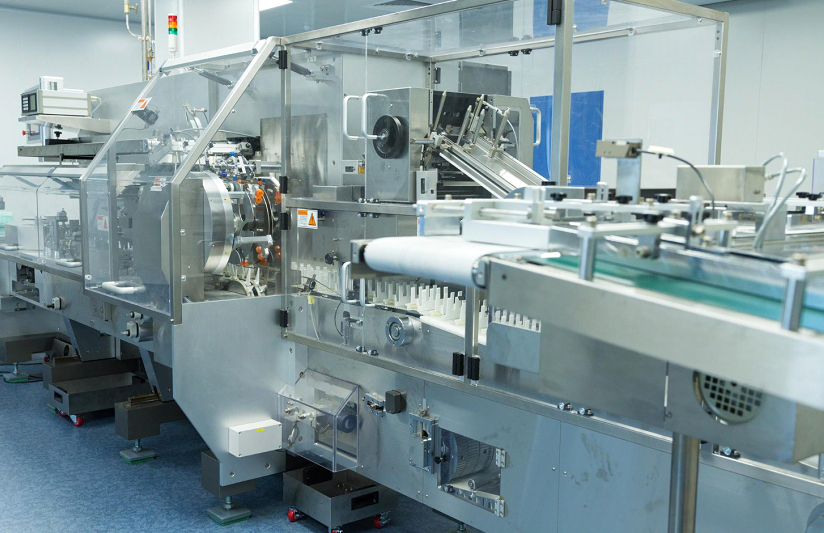Processing vegetables can be time-consuming and costly due to labor-intensive tasks, impacting efficiency. Incorporating vegetable processing machinery into your production line offers a cost-effective solution to optimize operations and boost productivity. This machinery comes in various types, Continue reading “Optimize Your Operations: The Benefits of Vegetable Processing Machinery”
Optimize Your Operations: The Benefits of Vegetable Processing Machinery










